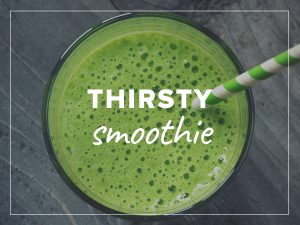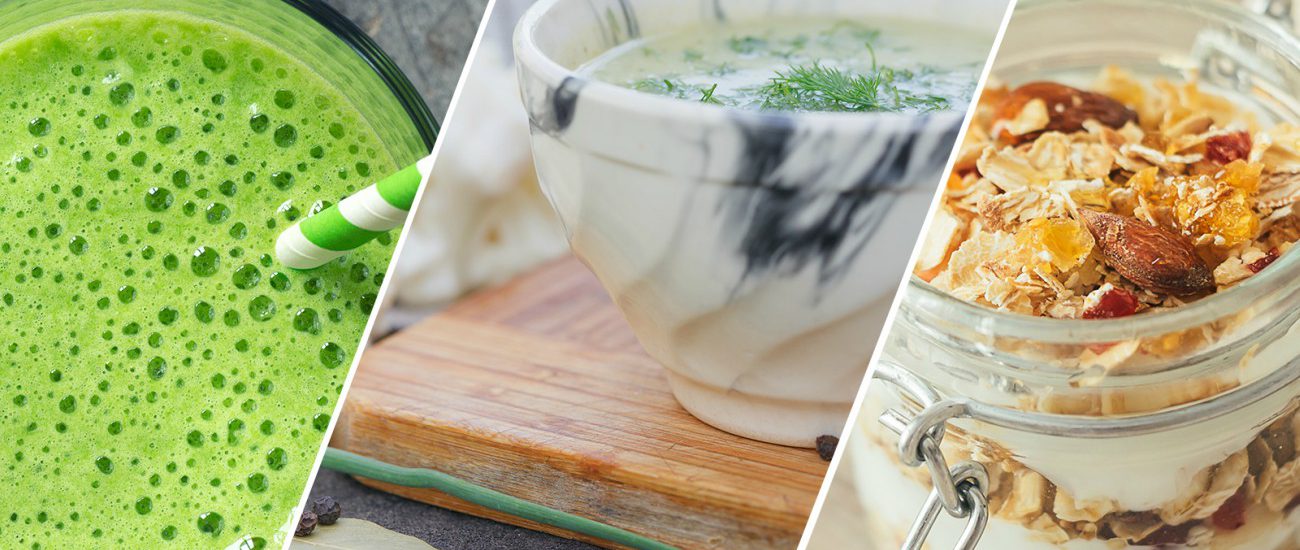The benefits of probiotics on health are well recognized. They have positive effects on the digestive and immune system and on organs in the body such as the heart and brain. To fully enjoy the benefits of these good bacteria, probiotics must be consumed every day. A daily consumption allows to maintain the balance in the microbiota, this very populous and decisive intestinal flora, from which emerges all the beneficial bacterial activity. Daily intake is not always easy when one is caught in the whirlwind of life, very often running for time and [reasonably] trying to keep our budget.
Get it on your plate, chop-chop!
Some foods contain probiotics, such as yogurts, fermented products (for example sauerkraut, kimchi, kefir, etc.) and raw cheeses. However, the amount of good bacteria remains low, which implies that we should eat mountains of it, ridiculously large quantities, to meet the daily quota of billions of bacteria recommended by Health Canada. Other superfoods, such as dietary fiber, contain prebiotics (“precursors” to probiotics) that undergo fermentation in the colon and then feed the beneficial bacterial colonies that reside in our body. Thus, focusing our attention on the synergistic effect of prebiotics and probiotic foods and on probiotic supplements is to put the odds on your side! The combination of these three accomplices will make the difference between a digestion that leaves something to be desired and one that is enriched.
Want to learn more about the difference between pre- and pro-biotics? Read our article on the topic.
Simply inspiring recipes
What’s better than integrating all these sources of good bacteria into our food routine, all of a sudden and without a hassle? Here are 3 recipes that will please you … and perfect you!
 |
For the thirsty one, any time of the day.
1 cup of water – 1 cup of yogurt – 1/2 banana, crushed – 2 small Lebanese cucumbers, sliced – 1 tsp. of lemon juice – 1 tsp. of honey (unpasteurized) – 1 pinch of ground ginger – 1 mini sprig of fresh parsley or cilantro – the contents of a Probaclac capsule
Mix all the ingredients together in a food processor or mixer to get the desired texture. Serve with ice cubes, [congratulate yourself], and consume promptly. Health in a glass!
 |
Breakfast or snack for one person.
1/3 cup oat flakes or quinoa flakes – 1 cup peach-flavoured kefir – 1 tbsp. ricotta cheese or cottage cheese – 1 tbsp. dried fruit – 1 tsp. chopped walnuts – 1 tsp. chopped nuts – 1 tsp. hulled seeds – 1 tsp. carob gum (also known as locust bean gum) – 1 drizzle of pur maple sirop – 1 pinch ground cinnamon – the contents of a Probaclac capsule
In a Masson jar or other favorite container, layer all ingredients except the probiotic. Cover and allow to swell in the refrigerator for a night [or a long nap]. Sprinkle the probiotic just before serving cold. Good awakening and good appetite!
 |
Meal or appetizer to share, or take as you please.
1 tbsp. argan oil – 1 leek, white section only, sliced – 1 small cauliflower cut into florets without the stem – 2 apples, peeled and core removed, diced – 4 cups liquid vegetable broth – 2 bay leaves or 2 sage stems – mini dose of spicy sauce – ground pepper and fleur de sel – the contents of 2 Probaclac capsules
In a pot, heat oil over medium-low heat and sauté the leeks for a few moments. Add the cauliflower and cook for about 5 minutes. Add all other ingredients except for the probiotics, then bring to a boil and let simmer (uncovered) over medium-low heat for 30 minutes. Remove the soup from the heat and allow to cool. Serve in a bowl or cup and sprinkle with probiotics, depending on how many people are “soupping”.
How to choose your adjuvant probiotic?
- Look for a supplement that does not require refrigeration, you can take them with you!
- Demand the right quantities, too much is not better: between 5 and 10 billion active cells are enough.
- Opt for strains that will withstand gastric acidity, they will go much further …
- Favour probiotics with multiple strains rather than those offering only unique strains.
- Prioritize formulas that include both the Lactobacillus family and the valuable Bifidobacteria.
- No need to break the piggy bank to get probiotics: more expensive does not mean better.





